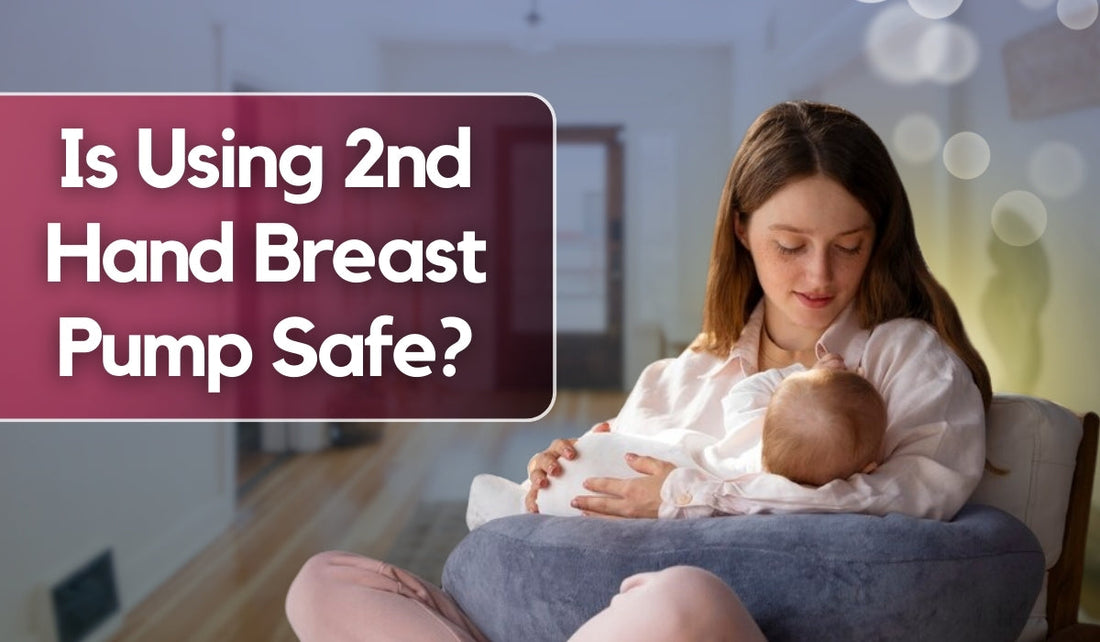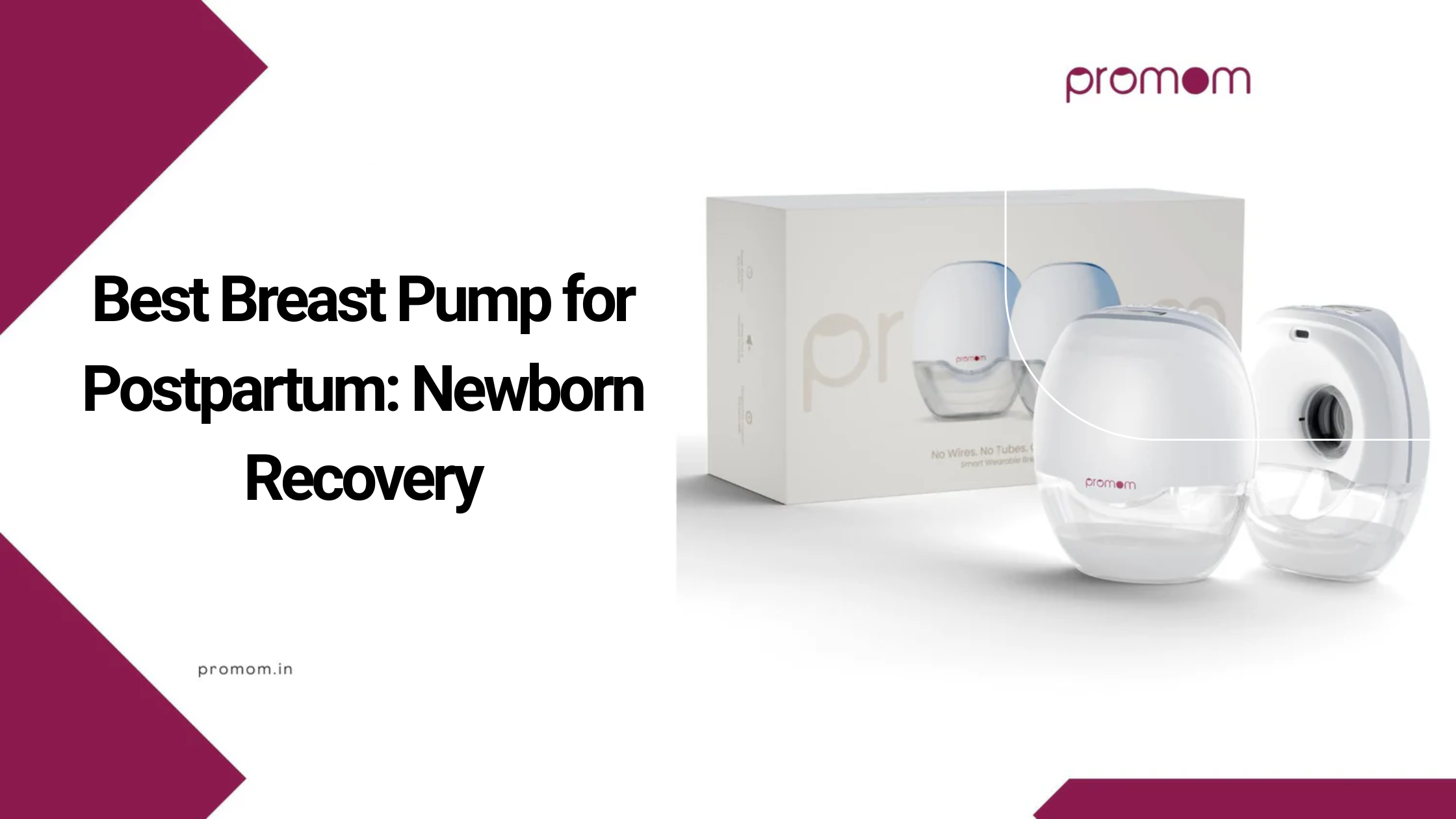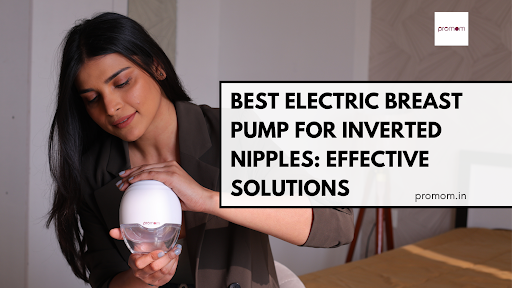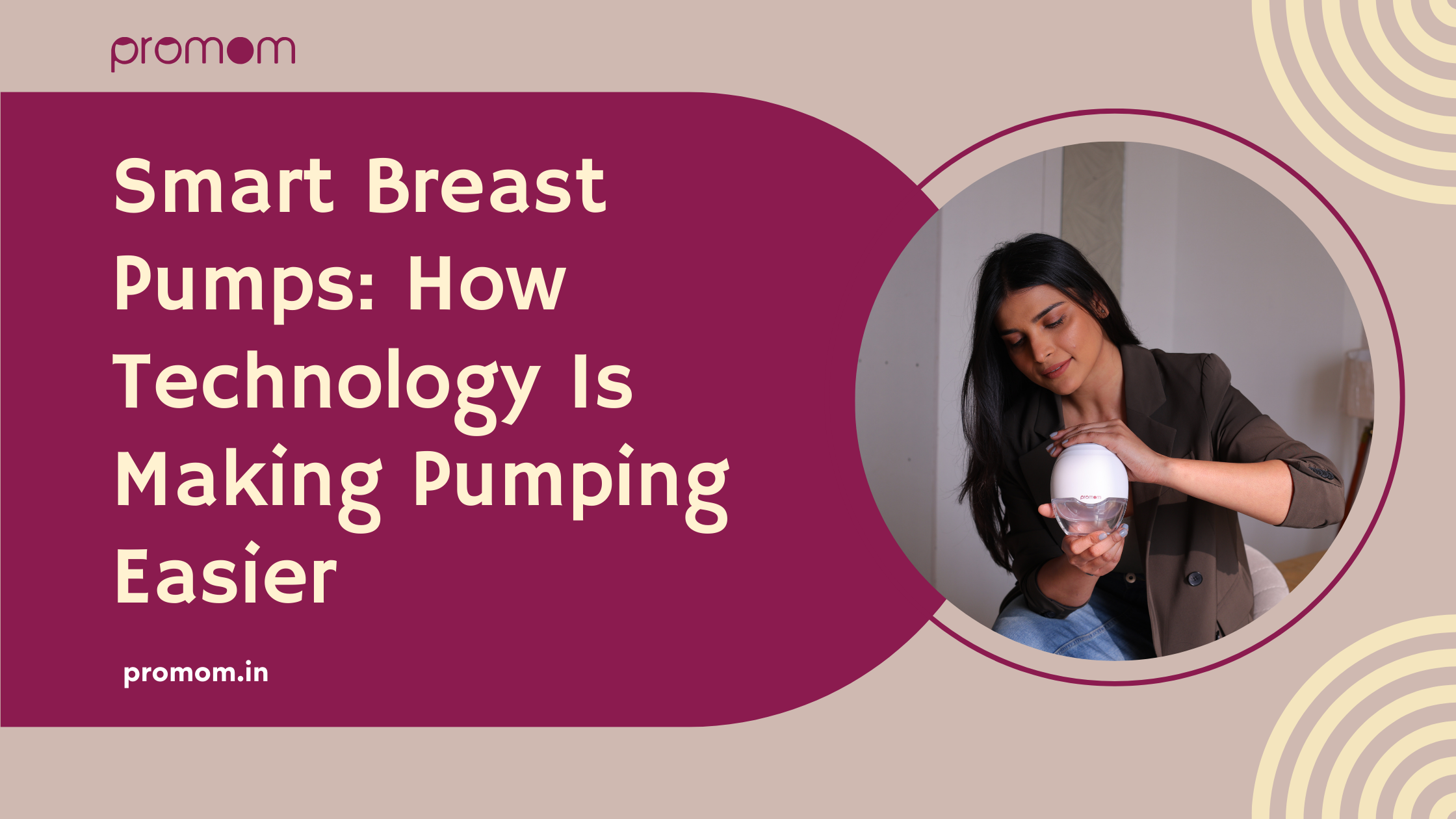
Is Using 2nd Hand Breast Pump Safe?
It’s a tough road for many new mothers to start breastfeeding at the very beginning. Breast pumps are indispensable among the great tools designed to help with this. They are convenient. They make it easy for a mother to express milk, to store it and be available later and to still supply breast milk when she is away from her baby. One question that frequently occurs to humans is if you can utilize a used breast pump securely. There are different kinds and prices of breast pumps to consider, which may be appealing to a lot of families. If you have the idea of picking up a second-hand breast pump, it could indeed be a cheaper alternative, given that you would want to avoid the cost of a new one. However, before buying a preowned breast pump beware of the risks and rewards. Today Promom is here to talk about the safety of using a second hand breast pump, some points to consider before doing it, and the recommendation from experts.
What is a Breast Pump?
A breast pump is what it is used for, the term would be to express milk from the breast. Depending on the type of pump, there are usually several main parts to a breast feeding pump. They may include a breast shield (flange), the pump mechanism (either manual, battery or electric), and a storage container or milk bottle for storing the expressed milk. Two main types exist of breast pumps:
-
Manual pumps: Helps the mom in operating the lever or handle to make suction share milk.
-
Electric Pumps: Often they are battery or electricity powered and are more efficient than manual pumps.
A stellar option that usually gets many mothers is to go for a breast pump so that they can continue breastfeeding even away from their babies when they are busy.
Concerns about Second–hand Breast Pump
Buying a second hand breast pump may sound like an easy way to save money, but here are some things you should think of health and hygiene wise.
Hygiene and Contamination
Hygiene is one of the biggest concerns with second hand breast pumps. A breast pump is a piece of equipment that comes into direct contact with breast milk which is a bodily fluid that can contain bacteria, virus and even fungal infection when cleaned and sterilized. A breast pump, even if it appears clean, is difficult to truly know for certain that all the parts got cleaned thoroughly. Additionally, milk can build up in hard to clean places of the pump such as the tubing and motor.
Since commonly a used pump is purchased, there is always a possibility that these hidden milk residues were not really cleaned at all. If these residues are not properly sanitized, they can be dangerous as they could lead to infection or spread of harmful pathogens (bacteria or viruses). Other diseases that could be problematic include cytomegalovirus (CMV), also transmitted through breast milk.
Worn-out Parts
Using a second hand breast pump may also attract wear and tear on the device. Parts such as the suction mechanism, tubing and breast shield of breast milk pump may become less effective over time. Sometimes an improperly working pump may lead to discomfort for the mother or, in the case of inadequate milk expression, ineffective pumping. In addition, mold and bacteria may breed in worn out parts.
If you opt for a used breast pump, make sure that all the parts are in working condition. If some parts like valves, diaphragms and tubing are worn or damaged, such a pump might not be functioning as it should.
Difficulty in Cleaning and Sterilizing
To prevent the growth of harmful bacteria, as has already been noted, it is very important to properly clean a breast pump. Second hand pumps may have some hard to clean areas, which are difficult to reach and this increases the risk of contamination. Therefore, do not consider a second hand milk pump if the parts cannot be disassembled or fully sanitized.
Manufacturer Recommendations
According to most manufacturers of breast pumps, using a pump that has been used by someone else is to be avoided. Hygiene, contamination, and the transmission of infections are the issues that concern them. In fact, many manufacturers even have strict guidelines that their pumps are to be resold only when they are new and that it is impossible to verify that the proper sanitization is done.
Expert Recommendations on Second-Hand Breast Pump
With what has been raised above, most health professionals and organizations including the American Academy of Pediatrics (AAP) and the Centers for Disease Control and Prevention (CDC) recommend against buying or using a second hand breast pump. However, they advise that only new, already sanitised pumps are used to minimize risk of infection and of disease transmission.
Conclusion
Using a previously owned breast pump might seem like an answer to save cash, however the threat of poor hygiene, contamination, and ruined components makes the solution all risks. According to most health experts, it’s best to avoid a used breastfeeding pump since it’s difficult to know how clean and functional it really is. If you choose to purchase a used pump, be sure to be aware of inspecting, cleaning and disinfecting the device prior to use.
In the end, you should always seek to invest in a new breast pump or at least have a rental option or an insurance covered pump on hand, for the sake of your baby’s health and well being. But thank goodness these options exist, as they put you at ease knowing that this best but hygienic breastfeeding experience is given to your baby. Get yours today at Promom.in!


